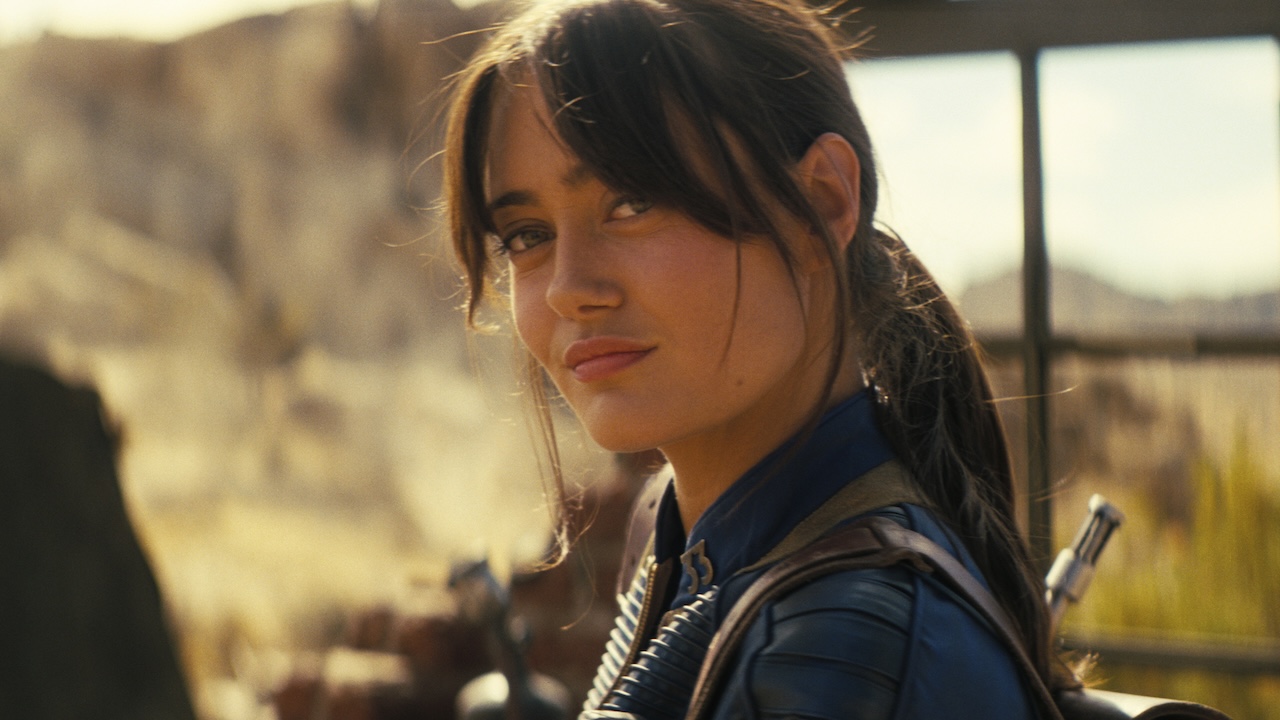Adapting Stephen King's Carrie: The 2002 TV Movie Remake Shows Sympathy For The Devil
It's a mostly faithful adaptation, with one extreme change.
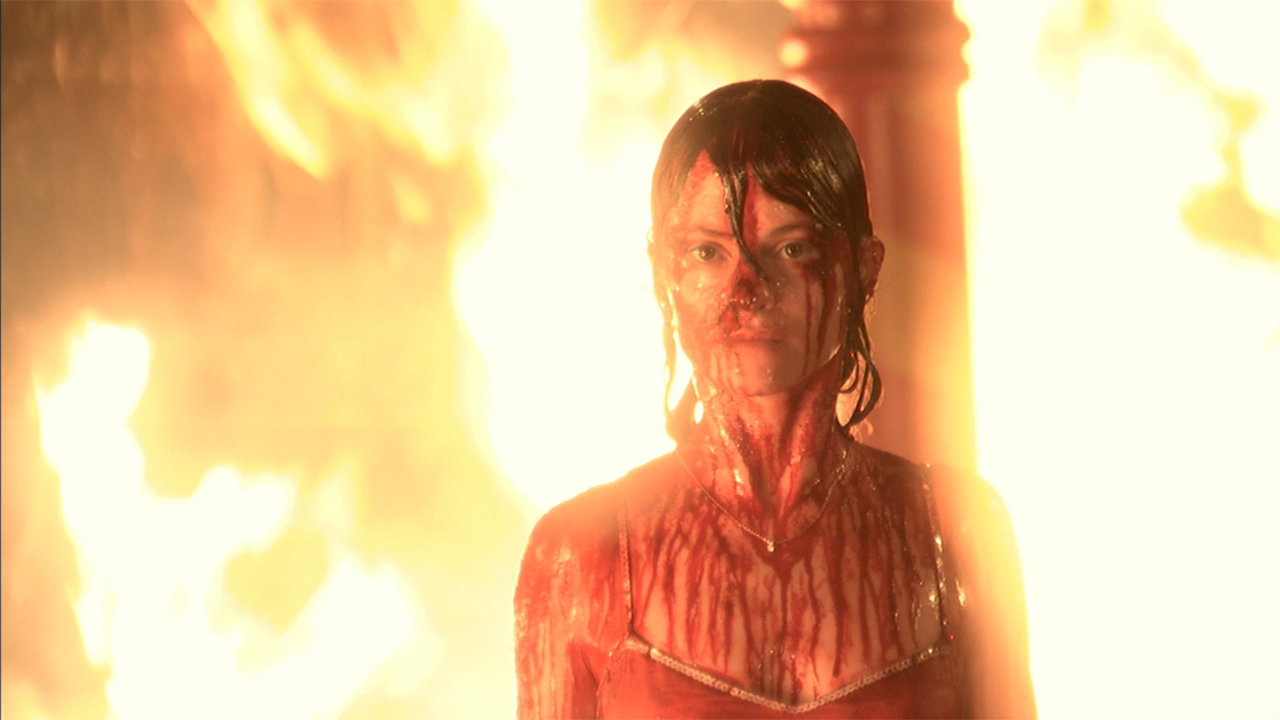
By 2002, most of the major American television networks had found success with Stephen King adaptations, as CBS, ABC, and FOX all airing a miniseries or TV movie based on the author’s works. NBC was an exception for a surprisingly long time, but they eventually got the message – and the call was made to go back to King’s seminal published novel: Carrie.
Needing the adaptation rights to the book, the network opened negotiations with MGM – which held the rights following the 1981 acquisition of United Artists, which produced director Brian De Palma’s Carrie in 1976. Unfortunately, there were some sticking points. According to Bryan Fuller (in a 2006 interview with Comic Book Resources), there was a conflict regarding what the remake should be – either a standalone TV movie, or a series-launcher. Said Fuller,
[T]he network wanted a movie-of-the-week and the studio needed more money, so they said they wouldn't let them do a movie-of-the-week, but they would let them do a backdoor pilot. And I don't think the network ever intended to do a series, they were just playing the studio. But we jumped through all the hoops and had all the elements in play for a series…
With Star Trek Generations director David Carson on board, the project went into production in British Columbia, Canada, and Carrie aired on NBC just past Halloween in 2002 – and while the effort ended up being a big flop in the ratings, it’s certainly a remake with an interesting legacy. Not only does it cover ground in the book that isn’t featured in the classic original, it sports an ending that radically changes some key takeaways from the book. At its core it’s still the story of the tortured and abused teenage telepath who loses it on prom night, but it’s an interpretation that makes for interesting dissection in this week’s Adapting Stephen King.
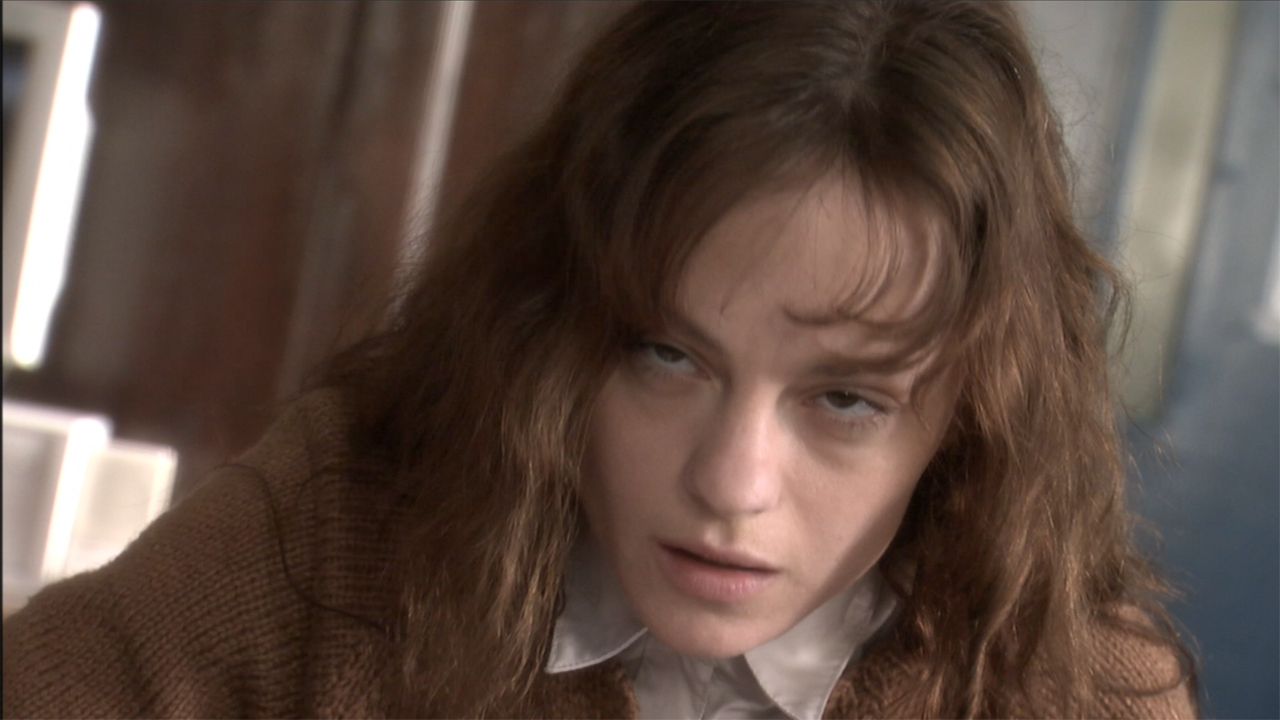
How David Carson’s Carrie Differs From Brian De Palma’s Carrie
In adapting Carrie for the original feature film, screenwriter Lawrence Cohen made the call to simplify the material – taking the epistolary novel and forming it into a standard linear narrative. Thankfully, the 2002 TV movie is the kind of remake that tries to establish its own identity, and one of the big ways it works to do that is by changing up the structure.
Bryan Fuller’s teleplay doesn’t precisely mirror Stephen King’s novel, as there aren’t any courtroom scenes and Sue Snell (Kandyse McClure) isn’t featured writing a book about her experiences, but there is a framing device in play with a character named Det. John Mulchaey (Firestarter’s David Keith) interrogating survivors and trying to figure out what happened in the aftermath. (Jasmine Guy additionally filmed scenes playing a psychic investigator, though they were all cut before broadcast.)
The remake also restores a scene from the book that was initially going to be used as the opening sequence of Brian De Palma’s movie – specifically a flashback to Carrie White’s childhood when she spies on her female teenage neighbor sunbathing topless. The young Carrie (Jodelle Ferland) asks her about her chest, and she is free with information, but Margaret White (Patricia Clarkson) interrupts and drags her daughter inside. This results in the abused girl having one of her first major psychic events, which sees the White house pelted by rocks falling from the sky. The movie actually goes a bit too far in the depiction of these events, and basically makes it look like the domicile is the specific target of a meteor shower.
The ending of David Carson’s Carrie deviates from Stephen King’s story in many ways (more on that in a moment), but there are a couple of notable ways in which it’s more faithful than the 1976 film. The first is that the destruction wrought by the titular protagonist (Angela Bettis) is not just limited to the classmate flambé at prom. Her psychic abilities continue to create all kinds of chaos as she makes her way from the school gymnasium to her house, including blowing up a gas station, and the 2002 movie brings that to life with some… unfortunate visual effects.
Your Daily Blend of Entertainment News
Also of note? Sympathetic teacher Miss Desjardin (Rena Sofer) survives the prom assault in the remake – unlike her counterpart, Betty Buckley’s Miss Collins, in the original.
One visual effect that actually does look great in the more contemporary version of Carrie is the death of Margaret White. The Brian De Palma movie didn’t have the resources or technology available to depict the death of Carrie’s mother as it is described in the book, and thus her reign of fanatical terror came to an end with her being impaled by a cloud of kitchen knives. As originally written by Stephen King, Carrie kills Margaret by using telekinesis to crush her heart, and that’s exactly what happens in the remake.
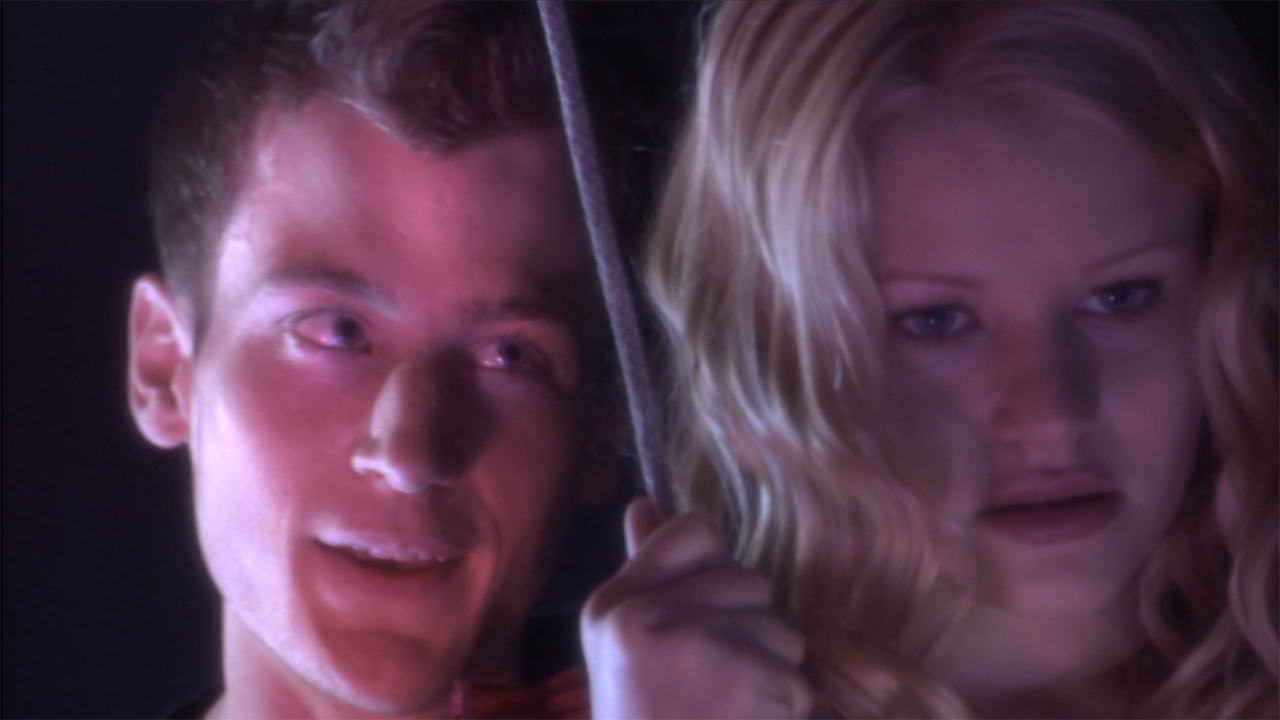
How David Carson’s Carrie Differs From The Book
Brian De Palma’s Carrie is an exceptionally faithful live-action take on the original novel (as noted in my original Adapting Stephen King column), but for all of the reasons mentioned above, David Carson’s movie is in some notable ways even more faithful. The remake updates the setting to make the story contemporary, and there are certain minor changes that come along with that, but the fact that it is almost a full half-hour longer means that it has the real estate to bring even more material from the page to the screen.
As recognized by the director on the movie’s filmmaker commentary track, however, there is one absolutely massive deviation from the source material in the 2002 adaptation, and it stems from the fact that the movie was in part planned as a backdoor pilot. In Stephen King’s novel, Carrie is killed when she returns home and she is stabbed by her mother, but that’s not the way things play out in the remake, as Carson explains:
Now [the ending] is where we departed from the book, or Bryan [Fuller] departed from the book, because, of course, in the book, she doesn’t survive... [T]he main reason, I think, was because the network and MGM and NBC thought they might be able to create a series in which Carrie went somewhere else, and it was built around a girl with telekinetic power. So the ending was left open.
In David Carson’s Carrie, the protagonist returns home covered in blood, and instead of taking a shower (creating a parallel with the shocking sequence in the first act), she opts for a hot bath. Margaret enters the bathroom feigning empathy and kindness, but she then tries to drown her daughter by holding her head underwater. It’s while this is happening that Carrie crushes her mother’s heart inside her chest, and for a moment it seems like it is too late for the tortured teen – but then Sue Snell arrives and gives her CPR.
Like in the book, Sue gets a psychic flash of Carrie’s memories, but then the drowned girl wakes up and spits the water from her lungs. After getting a terrible blonde wig for the eponymous character to wear, Sue makes the decision to bring the telekinetic murderer to a new town where she can start a new life, while also making plans to return home so that she can participate in the investigation of the prom and help cover up what really happened.
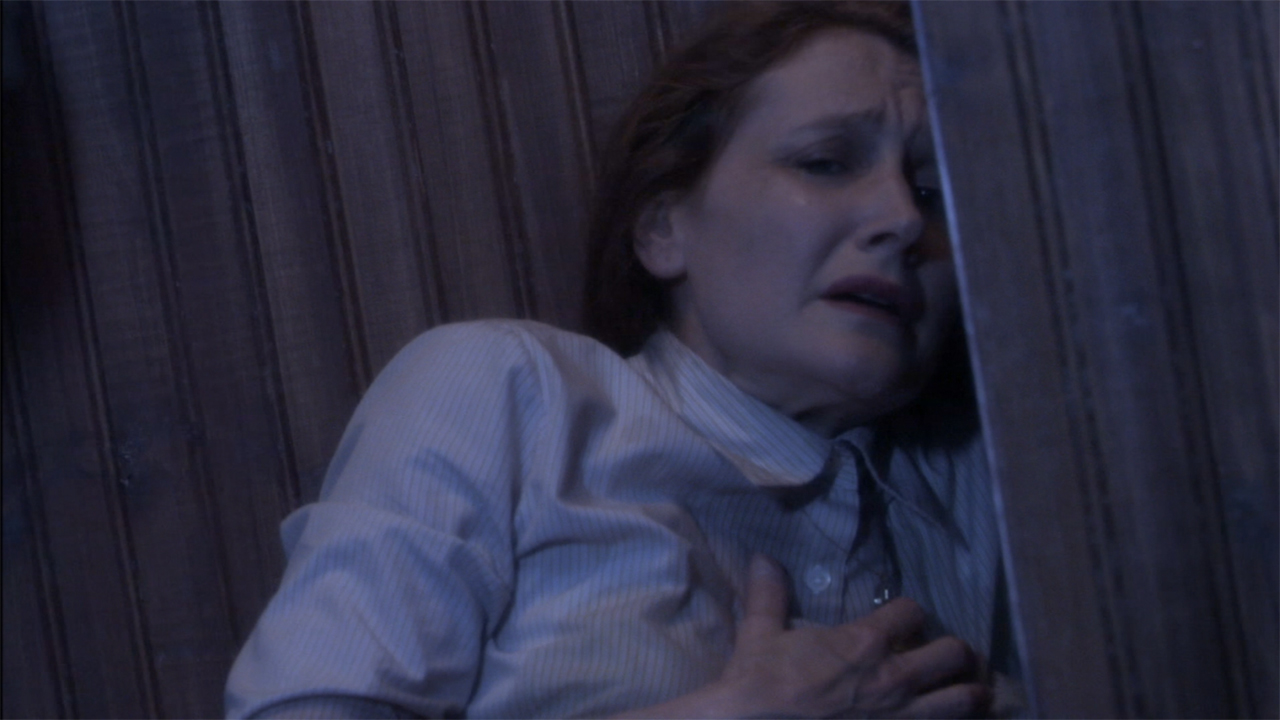
Is It Worthy Of The King?
In arguably the most controversial book that Stephen King has ever written is Rage – a novel he published under his pseudonym, Richard Bachman. The story features a protagonist who initiates a school shooting, and it is the only novel King has let go out of print, the author believing that it is best left out of circulation.
Carrie is nowhere near as extreme as Rage, and the supernatural elements have the effect of making the material more palatable, but there is a comparison to be made with the subject matter. Put in more realistic terms, Stephen King’s seminal novel is the story of a bullied and abused girl who violently lashes out when she is pushed too far. We certainly sympathize with Carrie White, as the horrors that she suffers are monstrous and unprovoked, but the story also never tells or even asks the reader to condone her behavior.
This is the primary thing that gets under my skin about David Carson’s Carrie. On top of further stripping away the ambiguity and mystery regarding the intentions of Sue Snell and toning down the insanity of Margaret White (Patricia Clarkson goes nowhere near as big as Piper Laurie), the TV movie treats Carrie White as a victim to the very end – one we should be happy gets saved as she is whisked off to parts unknown to live a new life.
There is a clear cause and effect here. If the TV movie was going to function as a backdoor pilot, it required an open ending that would allow the story to be expanded, and that wasn’t going to happen if Carrie White were killed. Without the story continuing, however, and the TV movie standing as its own thing, it’s an adaptation with a conclusion that doesn’t properly satisfy the intent of the source material.
Further hindering 2002’s Carrie from aging well is what can be politely called an overambitious utilization of visual effects. One can appreciate the movie going back to the book and featuring the titular protagonist’s trail of destruction going far beyond just the school… but actually visualizing it with the budget available means that there is a section of the film with the aesthetic of a PlayStation 2 game.
In the October 2006 CBR interview, Bryan Fuller recalls an unfortunate push/pull between big demands and limited resources:
Basically the studio said no more money, and the network needed more effects. The effects studio did some great work but some of it - not so much. We weren't giving them the resources they needed to do them right, but we were insisting on having them. It bit us on the ass because it looked cheap.
It’s a remake that is flawed in many ways, but it does have its strong qualities – the best being its diversions from the Brian De Palma incarnation and the attempts at honing even closer to the source material. That approach is at the very least a feather in its cap not possessed by the second remake that was released in theaters 11 years later… but that’s a subject I won’t get into until my column set to be published on July 27.
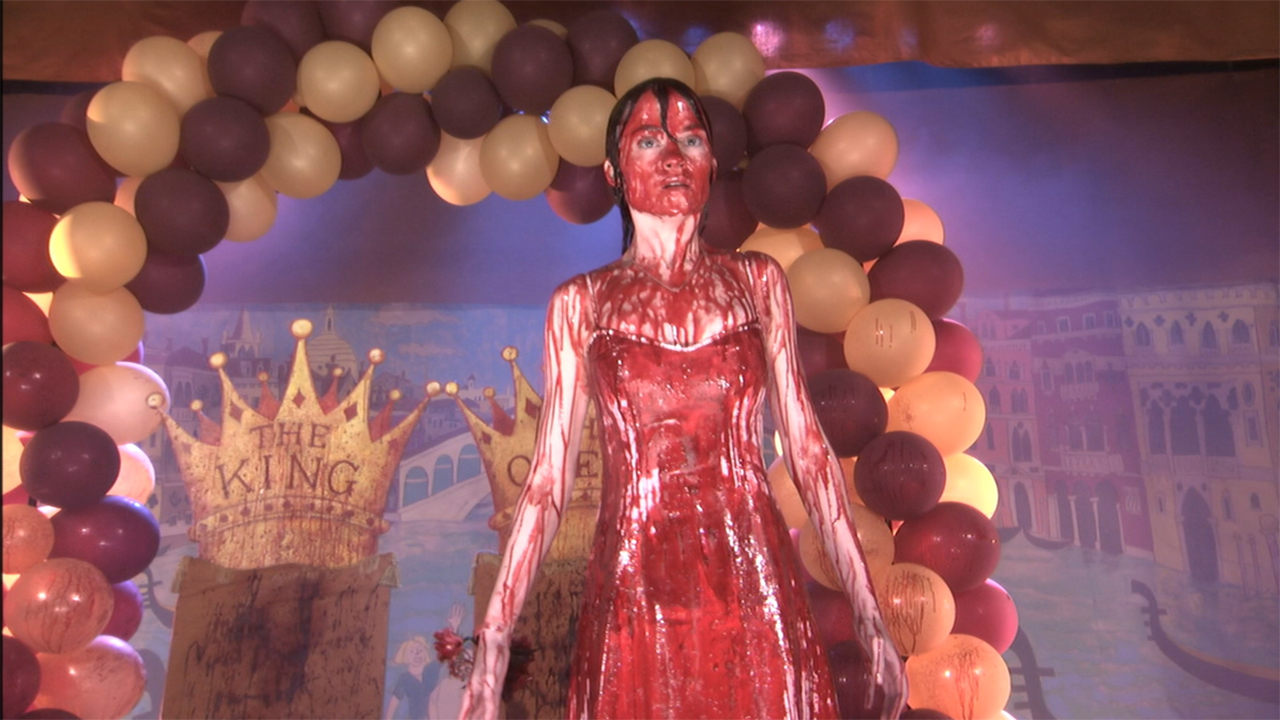
How To Watch David Carson’s Carrie
If you’re building the Ultimate Stephen King collection and/or just a fan of physical media, David Carson’s Carrie will present a bit of a challenge for you, as it’s only been made released on Blu-ray once (packaged by Scream Factory as a double feature with The Rage: Carrie 2), and it has gone out of print. It is available on DVD, but if you’re looking for HD your best bet for viewing is to go digital. The movie is streaming with ads on PlutoTV, and you can rent or buy it on Vudu or iTunes. It’s also on Google Play, but only for purchase.
Looking ahead, I’ll be exploring yet another first for Stephen King adaptations: the first ever produced in a foreign language. In 2003, Sri Lankan born Indian filmmaker Balu Mahendra took on the challenge of making his own interpretation of the novel Misery, and his movie Julie Ganapathi will be the subject of next week’s Adapting Stephen King. Look for it in the CinemaBlend movie section on Wednesday, and meanwhile you can click through the banners below to discover all of the previous installments of this column.







Eric Eisenberg is the Assistant Managing Editor at CinemaBlend. After graduating Boston University and earning a bachelor’s degree in journalism, he took a part-time job as a staff writer for CinemaBlend, and after six months was offered the opportunity to move to Los Angeles and take on a newly created West Coast Editor position. Over a decade later, he's continuing to advance his interests and expertise. In addition to conducting filmmaker interviews and contributing to the news and feature content of the site, Eric also oversees the Movie Reviews section, writes the the weekend box office report (published Sundays), and is the site's resident Stephen King expert. He has two King-related columns.
